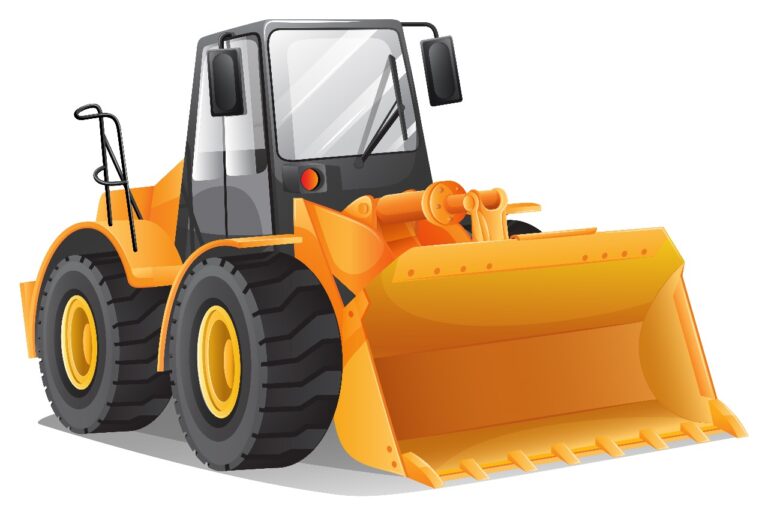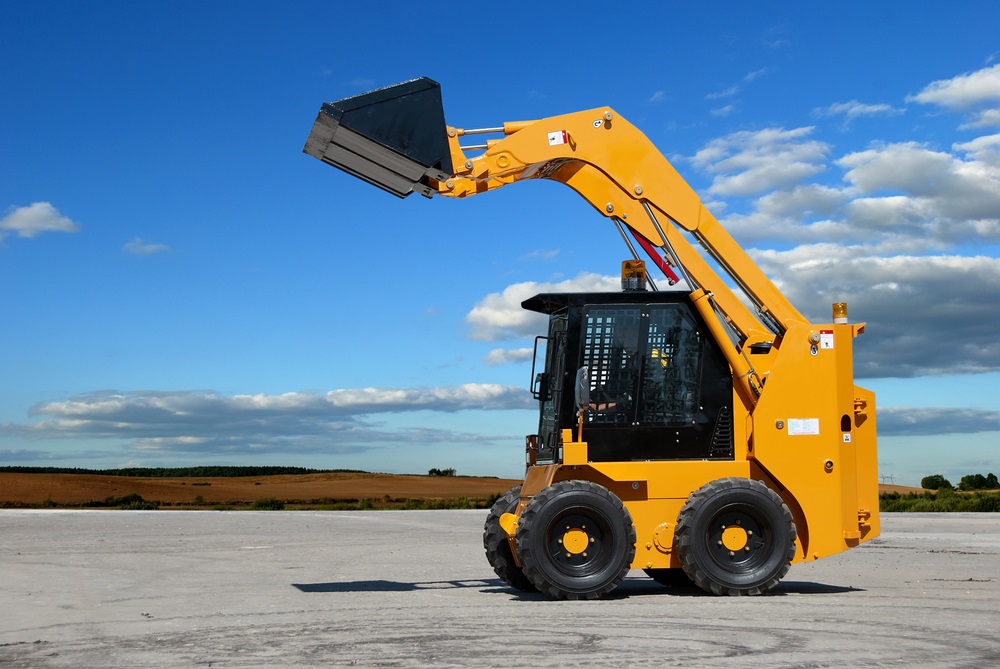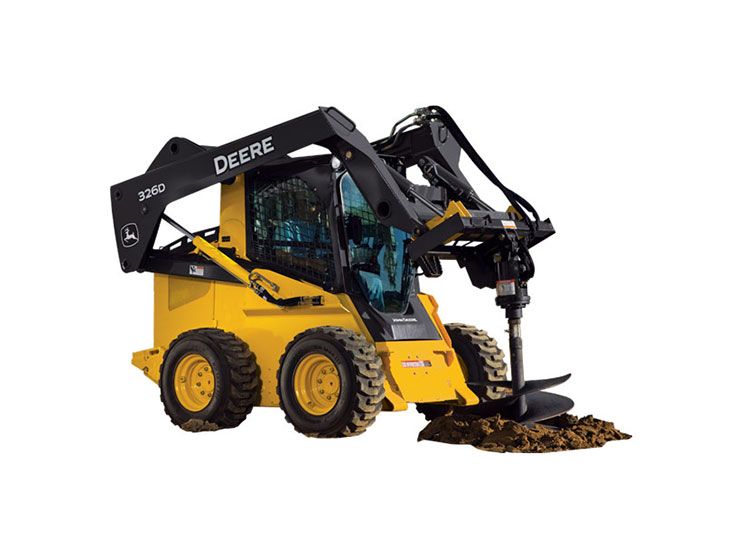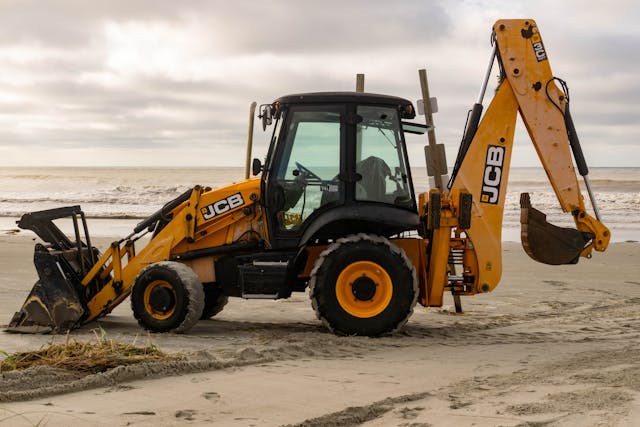When it comes to skid steer operations, having the right bucket attachment is crucial for ensuring efficiency and productivity. With a wide variety of bucket attachments available in the market, choosing the ideal one can be a daunting task. In this article, we will discuss the factors to consider when selecting a bucket attachment for skid steer operations.
1. Understand Your Needs
Before choosing a bucket attachment, it’s important to understand your specific needs and the tasks you will be performing with your skid steer. Are you handling loose materials such as gravel, sand, or mulch? Or do you need to move heavy and dense materials like rocks or concrete? Understanding your needs will help you narrow down the options and choose the right bucket attachment for the job.
2. Consider the Material
Bucket attachments come in various materials such as steel, aluminum, and composite materials. Each material has its own set of advantages and disadvantages. Steel buckets are durable and can handle heavy-duty tasks, but they are also heavier. Aluminum buckets are lightweight and corrosion-resistant, making them ideal for handling materials like mulch and compost. Composite buckets offer a good balance of strength and weight, making them suitable for a wide range of applications. Consider the material that best suits your specific requirements.
3. Evaluate Bucket Capacity
Bucket capacity is another important factor to consider when choosing a bucket attachment. The capacity of the bucket should match the volume of materials you need to handle. A larger capacity bucket allows you to move more material in fewer passes, increasing efficiency. However, it’s important to ensure that the skid steer can handle the additional weight of a larger bucket.
4. Assess Attachment Options
In addition to standard buckets, there are various attachment options available for skid steers, such as grapple buckets, rock buckets, and snow buckets. Grapple buckets are equipped with grapple arms for handling irregularly shaped materials such as logs and brush. Rock buckets feature specialized tines for sifting through rocks and debris, making them ideal for landscaping and construction applications. Snow buckets are designed with a high back and shorter depth for efficiently moving snow and other light materials. Assessing the attachment options will help you choose a bucket that best suits your specific tasks.
5. Consider Versatility
Versatility is key when it comes to choosing a bucket attachment for skid steer operations. Look for a bucket that offers versatility in terms of functionality. Some buckets come with removable teeth or cutting edges that allow for easy customization based on the task at hand. Others feature quick-attach systems that enable swift changing of attachments, increasing efficiency on the job site.
6. Evaluate Durability and Maintenance
Durability and maintenance requirements are important considerations when choosing a bucket attachment. Look for a bucket that is built to withstand the rigors of daily use and is resistant to wear and tear. Additionally, consider the maintenance needs of the bucket attachment. Opt for attachments that are easy to maintain and require minimal upkeep to ensure longevity and reliability.
7. Seek Expert Advice
If you’re unsure about which bucket attachment is best suited for your skid steer operations, seek advice from industry experts or equipment dealers. They can provide valuable insights based on your specific requirements and help you make an informed decision.
In conclusion, choosing the ideal bucket attachment for skid steer operations requires careful consideration of factors such as material, capacity, versatility, and maintenance needs. By understanding your specific needs and evaluating the available options, you can select a bucket attachment that enhances the performance of your skid steer and boosts productivity on the job site.
Learn More : Brush Cutters for Skid Steers: Selecting the Right Attachment

